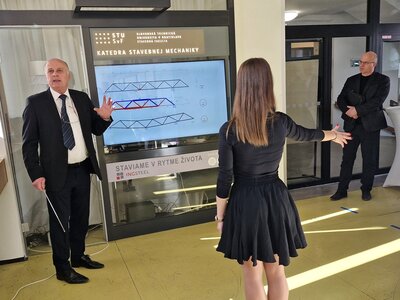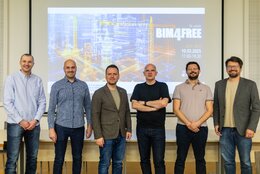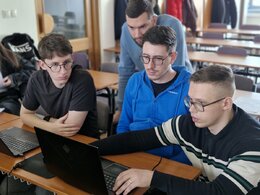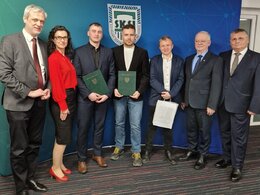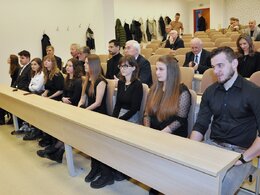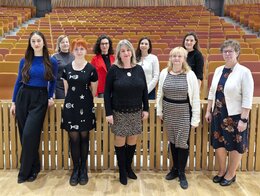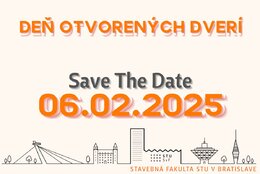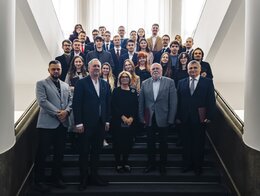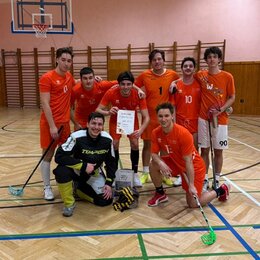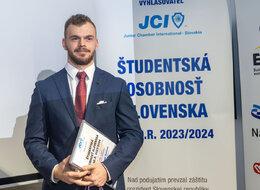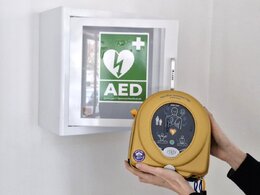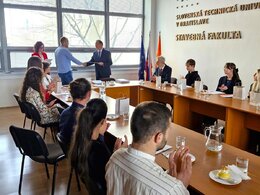In March 2025, we solemnly launched a unique device at our faculty - Virtual Interactive Mechanics (VIM), which is the result of cooperation between our and foreign experts.
The Virtual Interactive Mechanics project was carried out by a team of experts led by Professor Milan Sokol from the Department of Structural Mechanics at the Faculty of Civil Engineering of the Slovak University of Technology in cooperation with the Mexican University of Tecnológico de Monterrey, which provided significant support for the project. The team from the Mexican university was led by Professor Saúl Enrique Crespo Sánchez.
Virtual Interactive Mechanics is a modern application that, in an interactive and playful way, will allow students to become familiar with solving various types of mechanics problems. The device was presented and officially launched by Professor Milan Sokol in the presence of the Dean of the Faculty of Civil Engineering, Professor Stanislav Unčík, and the Dean of the Faculty of Architecture and Design, Associate Professor Branislav Puškár. "Virtual Interactive Mechanics allows you to virtually look inside the structure and visualize the "flow" of forces and stresses when the load changes. Everything can be monitored in real time, because the results are updated approximately 40 times per second," explains the project leader, Professor Milan Sokol.
The ceremony was attended by experts who participated in the development of the device, along with representatives of the companies responsible for its installation. Professor Saúl Crespo from Mexico also addressed the audience via online connection: “This kind of collaboration pushes the boundaries of knowledge and brings innovative solutions that benefit students from both universities.”
The application is available on an interactive screen located on the 2nd floor at the entrance to Block A. It is freely available to students, scientific and pedagogical staff of the faculty. "Virtual interactive mechanics can also be useful for students of other specializations, for example architecture. Let's take the example of an architect creating a certain work of art that he must somehow place on a pedestal, that is, support it. Thanks to this application, he can at least roughly find out where the object will be most stressed," adds Professor Sokol.
The interactive screen uses voice guidance to guide the person standing in front of the screen on the movement to perform the desired task. The load change is performed by the person standing at one of the marked points on the floor (blue, red, yellow). The vertical load is generated by measuring the person's height. Horizontal forces are entered by moving the hands to the sides. The application also allows you to monitor problems in the dynamics of building structures, where loads are entered over time by moving the hand. The seismicity module is very illustrative, where we can monitor in real time, for example, how the structure behaves during an earthquake.
For the successful completion of the project, thanks go to everyone who participated in it in any way. Special thanks go to Ing. Roman Beneš and his wife, Professor Vanda Benešová from the Faculty of Informatics and Information Technologies of the Slovak University of Technology, who prepared the interface for reading data from the X-Box. Thanks also go to Ing. Milan Ďurčanský, who manufactured many electronic components for the experimental part. Last but not least, thanks also go to Ing. Karolína Mazáčková, Lucie Oravcová and Ing. Michal Krchňák. We would like to express our great gratitude to the company Ingsteel, s. r. o., which built beautiful spaces for the exhibition and to the company AGC, s. r. o., Trenčín, which provided glass fillings. Thanks also go to the faculty management for their support in the implementation of the project.













